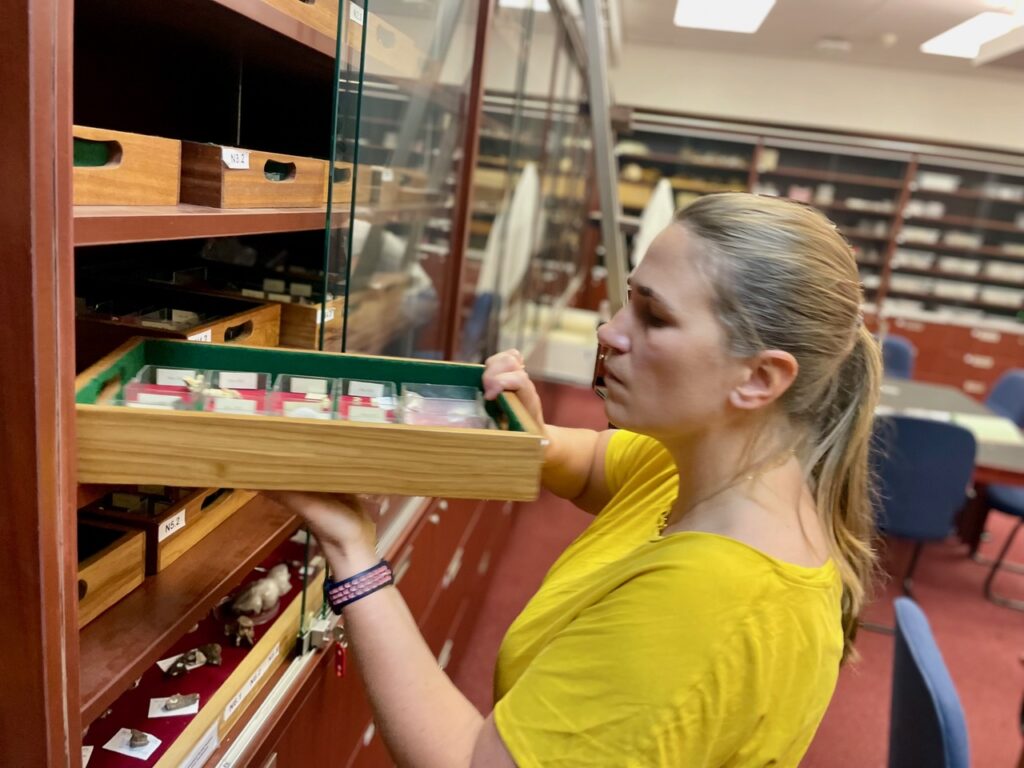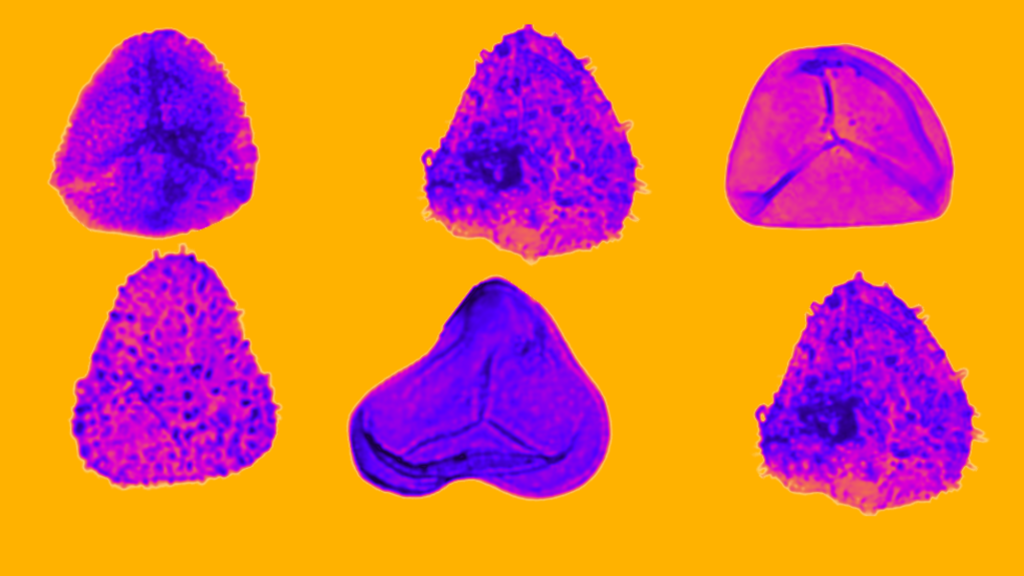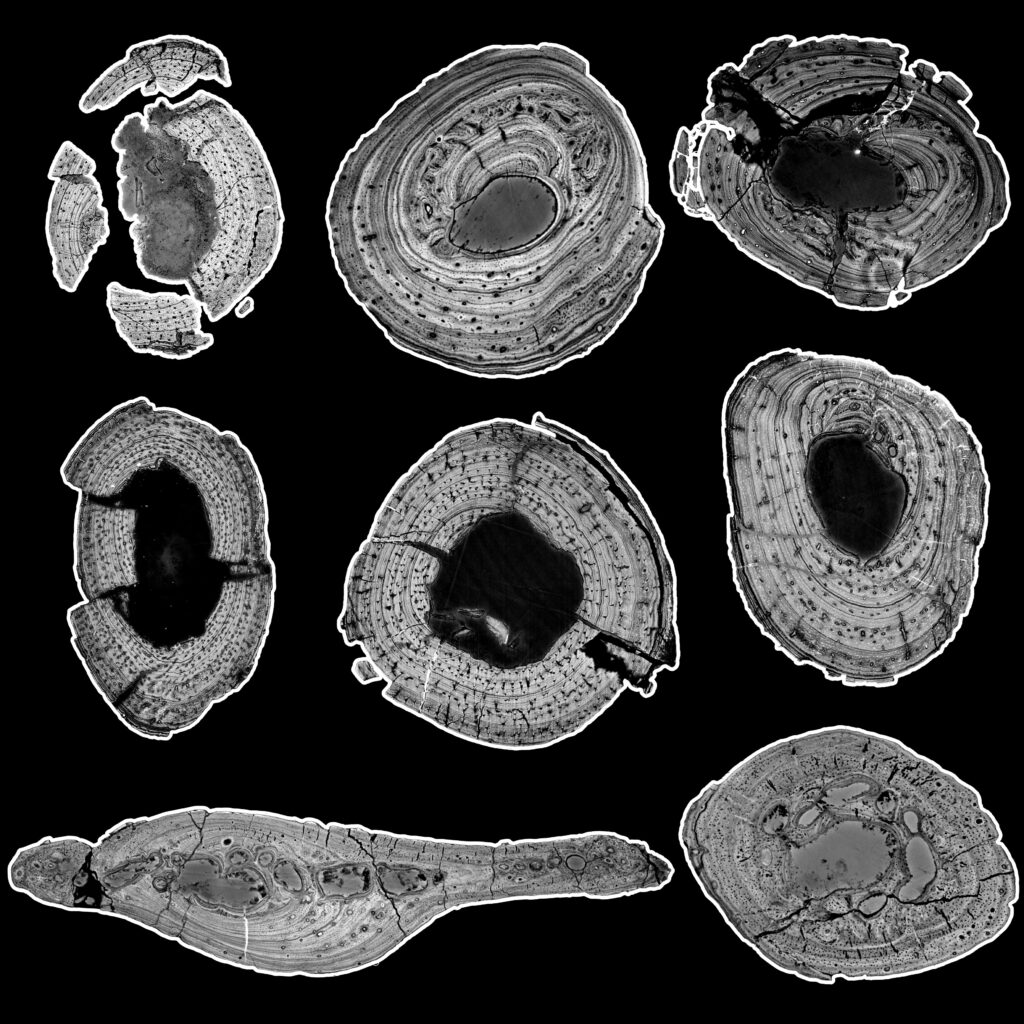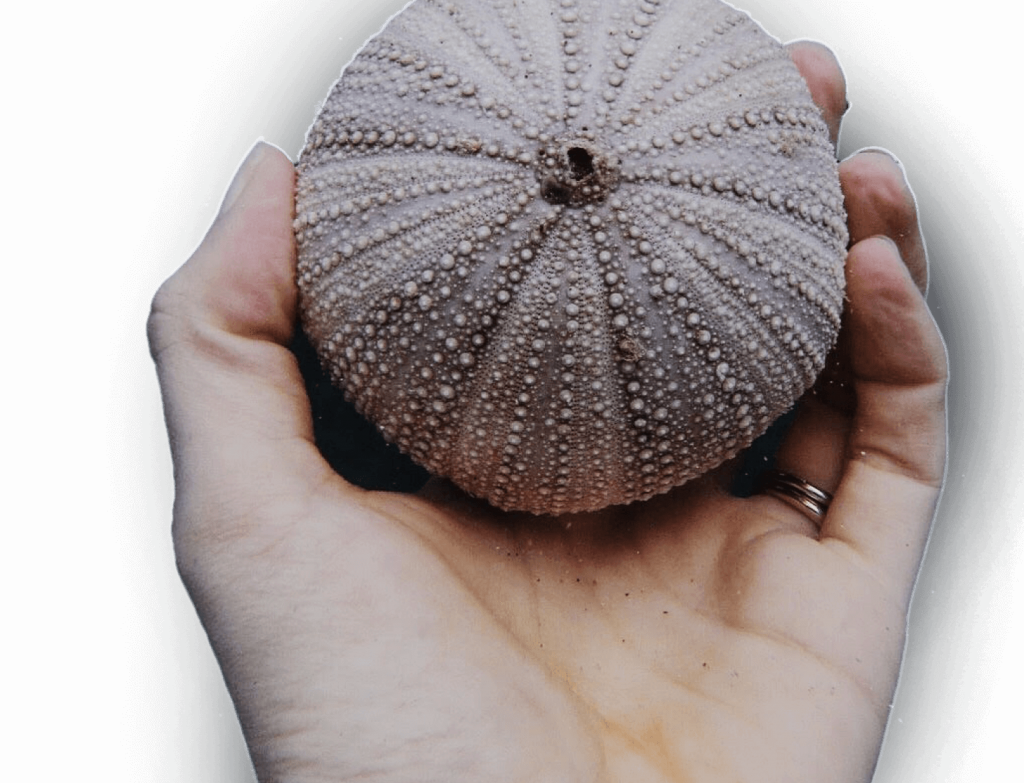New Fossil Impumlophantsi boonstrai Sheds New Light on Early Therapsid Evolution

Outcrops from the Diictodon-Styracocephalus Subzone of the Tapinocephalus Assemblage Zone at Kruidfontein farm, near Prince Albert, where the fossil was discovered.
Researchers have unveiled a new species of biarmosuchian therapsid, Impumlophantsi boonstrai, marking a significant development in palaeontology from the South African Karoo Basin. This middle Permian species, dating back approximately 260 million years, adds a new piece to the evolutionary puzzle of therapsids—the group that eventually gave rise to modern mammals.
The new description of the 100 mm long skull, published in Palaeontologia africana by University of the Witwatersrand researchers Fonda Matlhaga, Dr Julien Benoit and Professor Bruce Rubidge, fills a critical gap in our understanding of the early evolutionary history of biarmosuchians, one of the most basal branches of the therapsid lineage.

As lead author Fonda Matlhaga explains, “This research is important because biarmosuchians are the most basal therapsids and are represented by relatively few specimens. Impumlophantsi boonstrai is of importance as very few biarmosuchian fossils are known from the middle Permian Tapinocephalus Assemblage Zone deposits of the Karoo Basin.”
The newly described species Impumlophantsi boonstrai helps illuminate a lesser-understood chapter in this group’s evolution. This zone is part of the fossil-rich Beaufort Group and is crucial for understanding a period of significant evolutionary change among early therapsids, the group that eventually gave rise to mammals.
Burnetiamorphs, the sub-group of biarmosuchians to which Impumlophantsi belongs, are notable for their distinctive, often bizarre cranial ornamentation. Many species sported ridges, knobs, and other bony structures that likely played a role in species recognition or social signalling. However, Impumlophantsi stands apart with a more subdued nasal crest, which earned it its name—Impumlophantsi, meaning “low nose” in isiXhosa.
The species was named Impumlophantsi boonstrai in honour of Lieuwe D. Boonstra, a pioneering South African palaeontologist who initially discovered the specimen but did not appreciate its significance.
What makes Impumlophantsi particularly important is its place in time. The fossil skull comes from the middle Permian, a period for which burnetiamorph fossils are relatively scarce. Before this discovery, most known burnetiamorph fossils came from the late Permian, leaving a gap in the fossil record. Impumlophantsi helps fill that gap, providing evidence that this group of therapsids had already begun diversifying much earlier than previously thought.
“This specimen indicates that mid-Permian biarmosuchian diversity has been underestimated and helps to fill in a major ghost lineage in the evolution of this group,” says Fonda Matlhaga. The presence of such a basal species in the middle Permian suggests that the diversification of biarmosuchians began earlier than previously documented, reshaping our understanding of their evolutionary timeline.
The discovery of Impumlophantsi is also significant in a broader geographic context. While burnetiamorphs are primarily known from the Karoo, their evolutionary history extends across much of what was once the supercontinent Pangaea.
This finding raises the possibility that there are undiscovered fossils in other regions of Pangaea, particularly in places where middle Permian rocks remain underexplored. It also underscores the importance of revisiting historical fossil collections, as Impumlophantsi was originally found decades ago but was only recently identified as a new species through modern preparation and analyical techniques.
One of the more intriguing aspects of this discovery is that the specimen of Impumlophantsi was originally described in the 1960s but was misclassified as a gorgonopsian. Only through re-examination with updated methodologies and technology was its true nature as a burnetiamorph revealed.
The discovery of Impumlophantsi boonstrai offers a clearer picture of therapsid evolution during the Permian Period. By providing crucial data about the early diversification of burnetiamorphs, it helps address the long-standing question of how these early synapsids evolved and adapted to their environments. Further, the fossil hints at broader ecological implications. Expanding our knowledge of biarmosuchians during the middle Permian opens new avenues of research into how these creatures responded to the environmental pressures of the time, including climate fluctuations and competition with other emerging species, but there is still much to learn. As Fonda Matlhaga expresses, “We would like to discover more biarmosuchians and basal therapsids in future fieldwork as that will give us an insight about the diversity of these distant ancestors of mammals.”





